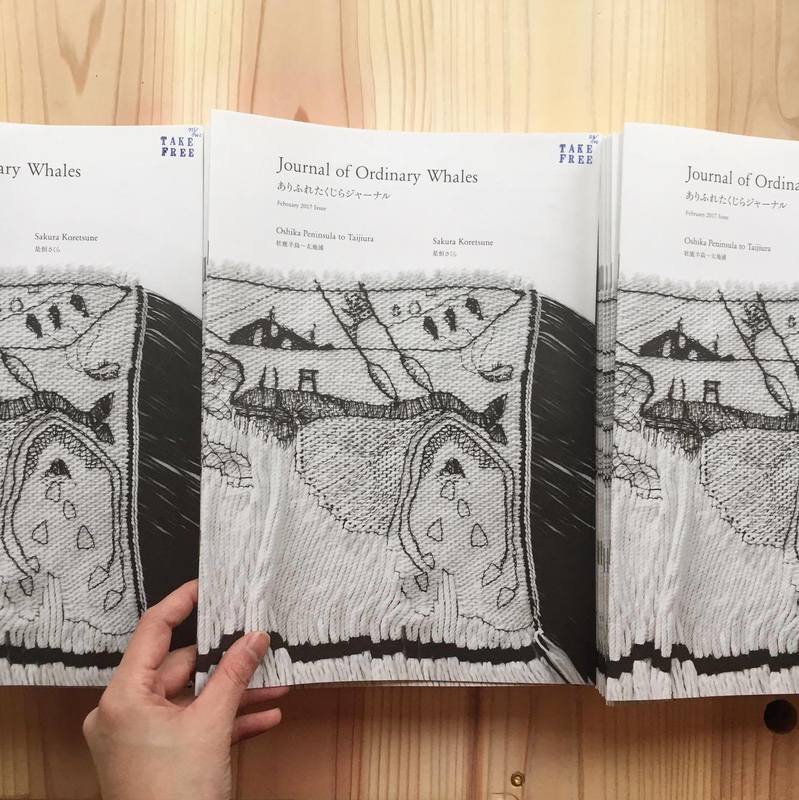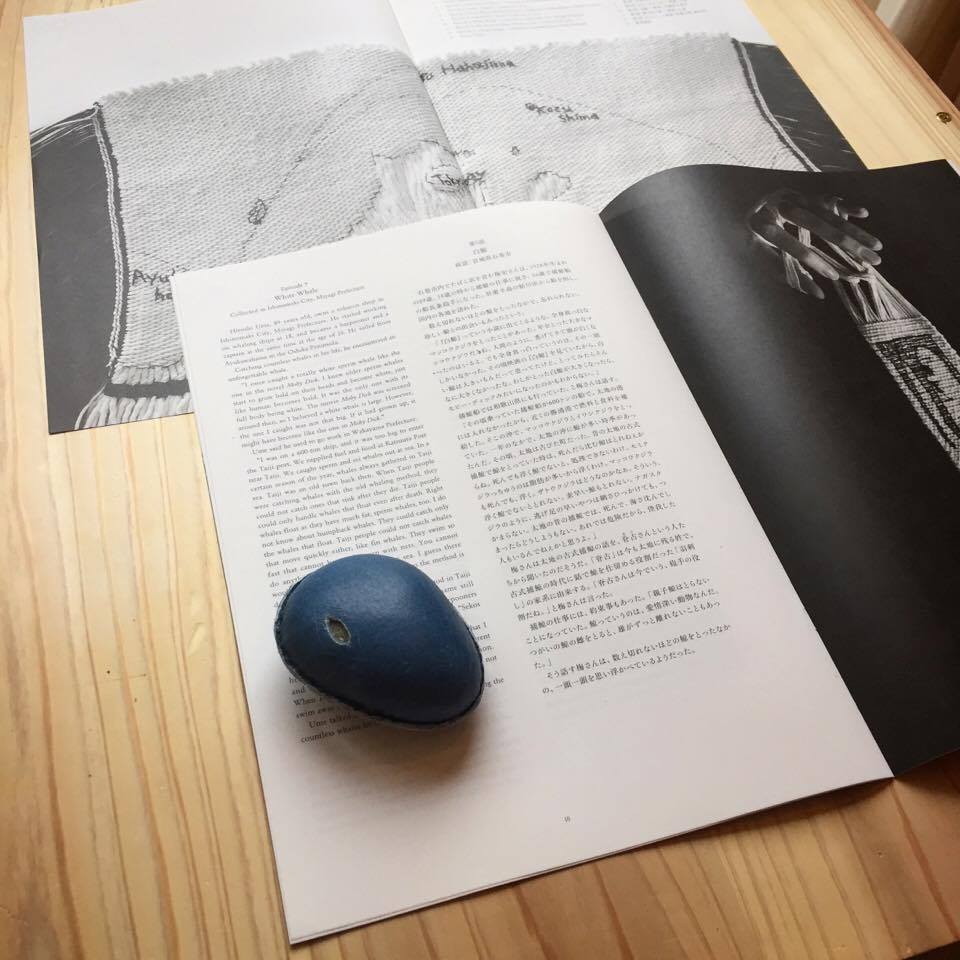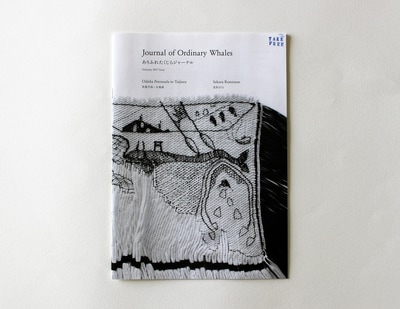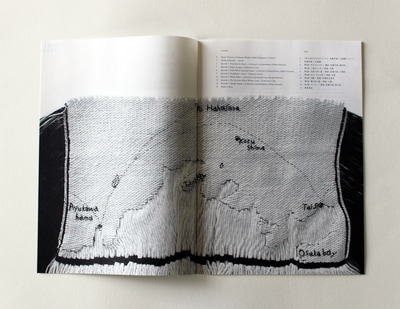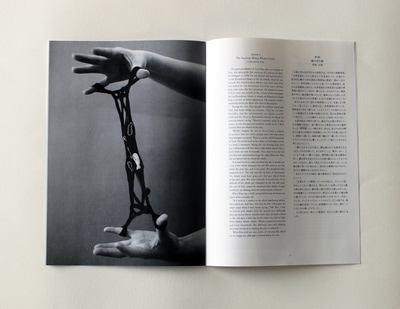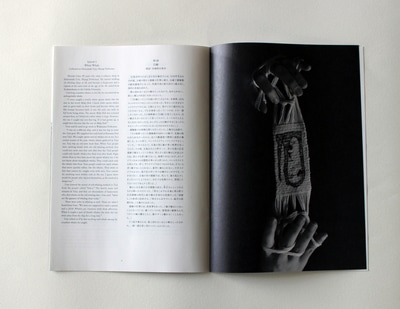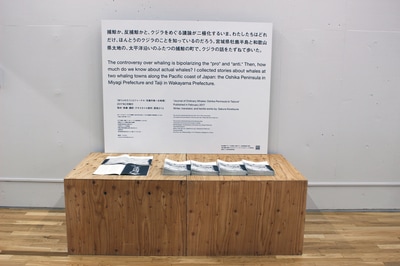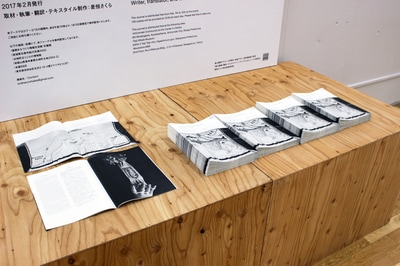- Exhibition Information & Current Activities 展覧会情報等と最近の活動報告
- where I am - everyday creation and travels
- Ordinary Whales / ありふれたくじら Vol.6
- back numbers | Ordinary Whales / ありふれたくじら
- Carta Cetacea / くじらじまの海図
- 汀線をゆく / Flowing along the shoreline
- Journal of Ordinary Whales / ありふれたくじらジャーナル
- 나(ネ)から私へ / Korean “I”, Japanese “I”.
- Swimming Tree / 泳ぐ木
- Fictional Toys (Aji Island, Miyagi Prefecture) / 空想玩具シリーズ(宮城県・網地島)
- Product 1: Ordinary Whale's Eye / ありふれたくじらの眼
- Product 2: Ordinary Whale's Light / ありふれたくじらの灯
- 藝術の旗をつくる / Making an "Art" Flag
- つみくさ / tsumikusa
- alaskana
- cv
- contact
